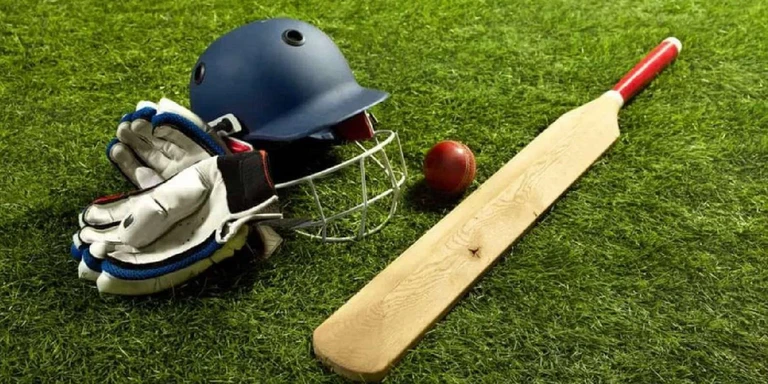T20 WC Playing Conditions: The ICC announced a number of amendments to the Playing Conditions earlier this month, some of which may come up during the forthcoming ICC Men’s T20 World Cup 2022. These adjustments might be game-defining and match-deciding moments in a game with slim margins. Here are five recent modifications that you should be on the lookout for throughout the event. Follow T20 World Cup LIVE updates with InsideSport.IN
T20 WC Playing Conditions: ICC making 5 BIG changes to playing conditions for the T20 World CUP 2022, Check OUT
- The ICC announced a number of changes to the playing conditions on October 01.
- The ICC has advised teams taking part in the T20 World Cup to be mindful of the most recent rule modifications.
- India play archrivals Pakistan in their tournament opener on October 23.
1. Running out of the non-striker
Despite the fact that the method of dismissal has always existed, its pertinent portion in the game’s laws has changed from the “Unfair Play” section to the “Run out” area. The adjudication of the dismissal is effectively the same as a stumping would be at the other end, whether the non-striker backed up too far or was just out of position.

A number of England men’s players have stated they won’t attempt the dismissal in light of the controversy surrounding Deepti Sharma’s run out of Charlie Dean during India’s visit of England last month, which has brought attention to the law. According to the text of the law, England would be giving the opposition a competitive advantage in this situation.
2. The in-match over penalty
If a fielding team fails to complete its overs by the scheduled cessation time, an additional fielder must be brought into the 30-yard circle for the remaining overs of the innings. This was recently seen in the opening match of the Asia Cup 2022 between India and Pakistan. Due to a slow over rate toward the end of the run chase, Pakistan was compelled to keep an additional fielder inside the circle as India won the match by five wickets. This could be the deciding factor in a game with narrow margins, and it appears to be a suitable deterrent to not bowl overs promptly.
3. Batters returning when caught
Regardless of whether the batters crossed before the catch was made, when a batter is out caught, the next hitter will come in at the end of the striker. Previously, if the batters crossed before a catch was made, the next batter would be at the non-striker end and the non-striker would take the next ball.

This could compel a change in strategy, especially when a lower-order batter joins a set top-order player at the other end during the last overs. The new batter will now always be the player on strike, unlike in the past when a catch dismissing the lower-order player would have sent the set player back to the striker’s end for the subsequent delivery.
4. Unfair movement by the fielding side
According to the ICC, if fielders are seen engaging in any unfair movement during the bowler’s delivery stride, the umpire may now award the batting side five penalty runs. There are, however, exceptions to this rule, with slight alterations and movement by the fielder in the direction of the batter being accepted as legitimate. It’s also legal for a fielder to react to a pitch that a batter is playing mid-delivery.
5. The striker’s right to play the ball
Now, batters must keep a portion of their bat or themselves inside the pitch. If they go past that, the umpire will signal and call a dead ball. Any ball that would force the batter off the pitch will also be referred to as a no-ball.
T20 WC Playing Conditions: ICC making 5 BIG changes to playing conditions for the T20 World CUP 2022, Check OUT
Follow InsideSport on GOOGLE NEWS / Follow T20 World Cup LIVE updates with InsideSport.IN
Editor's Pick
 Cricket
The 'Virat Kohli' era in Indian cricket finally over? This stat posts a gloomy picture for RCB star
Cricket
The 'Virat Kohli' era in Indian cricket finally over? This stat posts a gloomy picture for RCB star



















































